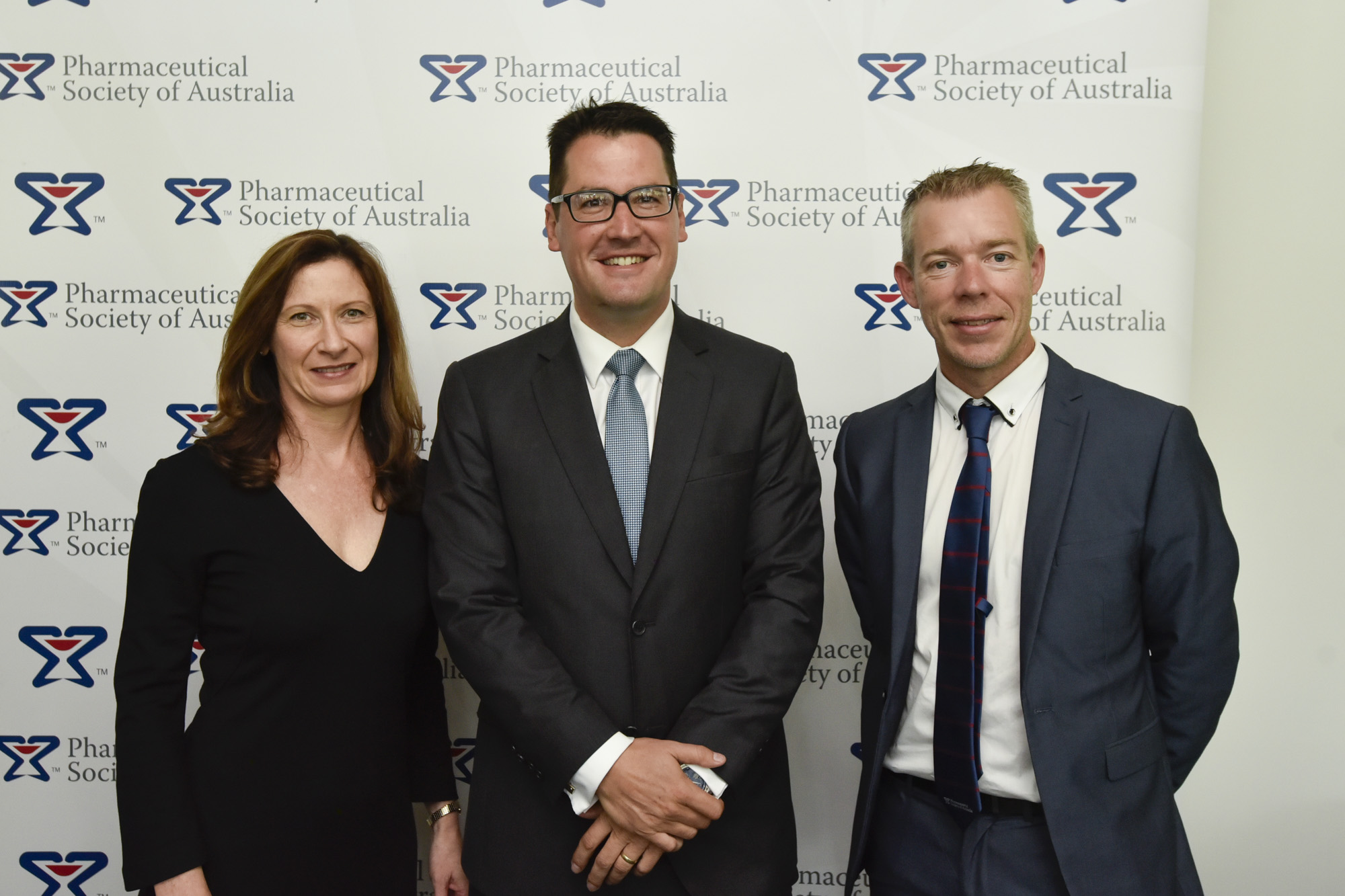More research has been urged after the creator of a breakthrough test for detecting Alzheimer’s disease said the test could be combined with daily doses of ibuprofen to eliminate the disease.
In a recently published Journal of Alzheimer’s Disease paper, University of British Columbia’s Patrick McGeer detailed what he described as a potential ‘paradigm shift’ in the disease’s treatment.
Dr McGeer’s research has centred on the peptide amyloid beta protein 42 (Aβ42), finding that it is secreted in the saliva of those with – or at risk of – Alzheimer’s disease at a rate two to three times higher than the general population.1
He has developed an enzyme-linked immunosorbent assay (ELISA) test that he proposes could be used to detect Alzheimer’s risk by measuring Aβ42. Referencing studies that have shown a correlation between daily use of non-steroidal anti-inflammatory drugs (NSAIDs) and a reduction in the risk of developing Alzheimer’s, he said the test could be used to determine the best candidates for preventative therapy.
‘What we’ve learned through our research is that people who are at risk of developing Alzheimer’s exhibit the same elevated Aβ42 levels as people who already have it; moreover, they exhibit those elevated levels throughout their lifetime so, theoretically, they could get tested anytime,’ Dr McGeer told ScienceDaily.
`Knowing that the prevalence of clinical Alzheimer’s disease commences at age 65, we recommend that people get tested ten years before, at age 55, when the onset of Alzheimer’s would typically begin. If they exhibit elevated Aβ42 levels then, that is the time to begin taking daily ibuprofen to ward off the disease.’2
However, University of Sydney researcher and pharmacist Dr Lisa Kouladjian O’Donnell told Australian Pharmacist more research in the field was needed before clinical practice was changed.
‘Dr McGeer and colleagues have stated that “17 epidemiological studies” have reported that there is a relationship between anti-inflammatory agents and Alzheimer’s disease,’ she said.
‘The next steps from this preliminary research would be to conduct some pre-clinical work, followed with randomised clinical trials, and systematic reviews.’ Although mainstream media reports suggest to readers that taking ibuprofen daily from age 55 could prevent Alzheimer’s disease, Dr Kouladjian O’Donnell has urged caution.
`If patients ask pharmacists’ advice on daily dosing of NSAIDs to prevent Alzheimer’s disease, I would recommend pharmacists explain to patients that the evidence for daily dosing of NSAIDs is lacking, and they should not be used,’ she said. `In Australia, NSAIDs are indicated for pain due to inflammatory arthropathies, pain due to inflammation and tissue injuries, and fever.3
‘NSAIDs have a high-risk side effect profile (for example common side effects include gastrointestinal ulceration or bleeding and hypertension) and there are various patient groups where many factors need to be considered before prescribing treatment with NSAIDs (e.g. patients with previous cardiovascular disease, gastrointestinal disease, and the elderly).3
‘A Cochrane review published in 2012 investigated aspirin, steroidal and non-steroidal anti-inflammatory drugs for the treatment of Alzheimer’s disease, and concluded that the efficacy of these drugs is not available, and therefore these drugs cannot be recommended for the treatment of Alzheimer’s disease.’4
References:
- McGeer PL, Guo JP, Lee M, et al. Alzheimer’s disease can be spared by nonsteroidal anti-inflammatory drugs. J Alzheimers Dis 2018; 62(3):1219–22.
- IOS Press, Neuroscientists say daily ibuprofen can prevent Alzheimer’s disease. 2018. At: www.sciencedaily.com/releases/2018/03/180326140239.htm
- Rossi S, ed. Australian medicines handbook. Adelaide: Australian Medicines Handbook Pty Ltd; 2018.
- Jaturapatporn D, Isaac MG, McCleery J, et al. Aspirin, steroidal and non-steroidal anti-inflammatory drugs for the treatment of Alzheimer’s disease. Cochrane Database Syst Rev 2012 Feb 15;(2):CD006378.














 PSA Chief Operating Officer Deb Bowden, Senator Zed Seselja and PSA National President Dr Shane Jackson.[/caption]
PSA Chief Operating Officer Deb Bowden, Senator Zed Seselja and PSA National President Dr Shane Jackson.[/caption]





 [post_title] => New Pharmacy House opens
[post_excerpt] =>
[post_status] => publish
[comment_status] => open
[ping_status] => open
[post_password] =>
[post_name] => new-pharmacy-house-opens
[to_ping] =>
[pinged] =>
[post_modified] => 2018-04-05 12:33:52
[post_modified_gmt] => 2018-04-05 02:33:52
[post_content_filtered] =>
[post_parent] => 0
[guid] => http://psa.studionerve.com/?p=1231
[menu_order] => 0
[post_type] => post
[post_mime_type] =>
[comment_count] => 0
[filter] => raw
)
[title_attribute] => New Pharmacy House opens
[title] => New Pharmacy House opens
[href] => http://psa.studionerve.com/new-pharmacy-house-opens/
[module_atts:td_module:private] => Array
(
)
[td_review:protected] => Array
(
)
[is_review:protected] =>
[post_thumb_id:protected] => 1239
)
[post_title] => New Pharmacy House opens
[post_excerpt] =>
[post_status] => publish
[comment_status] => open
[ping_status] => open
[post_password] =>
[post_name] => new-pharmacy-house-opens
[to_ping] =>
[pinged] =>
[post_modified] => 2018-04-05 12:33:52
[post_modified_gmt] => 2018-04-05 02:33:52
[post_content_filtered] =>
[post_parent] => 0
[guid] => http://psa.studionerve.com/?p=1231
[menu_order] => 0
[post_type] => post
[post_mime_type] =>
[comment_count] => 0
[filter] => raw
)
[title_attribute] => New Pharmacy House opens
[title] => New Pharmacy House opens
[href] => http://psa.studionerve.com/new-pharmacy-house-opens/
[module_atts:td_module:private] => Array
(
)
[td_review:protected] => Array
(
)
[is_review:protected] =>
[post_thumb_id:protected] => 1239
)











